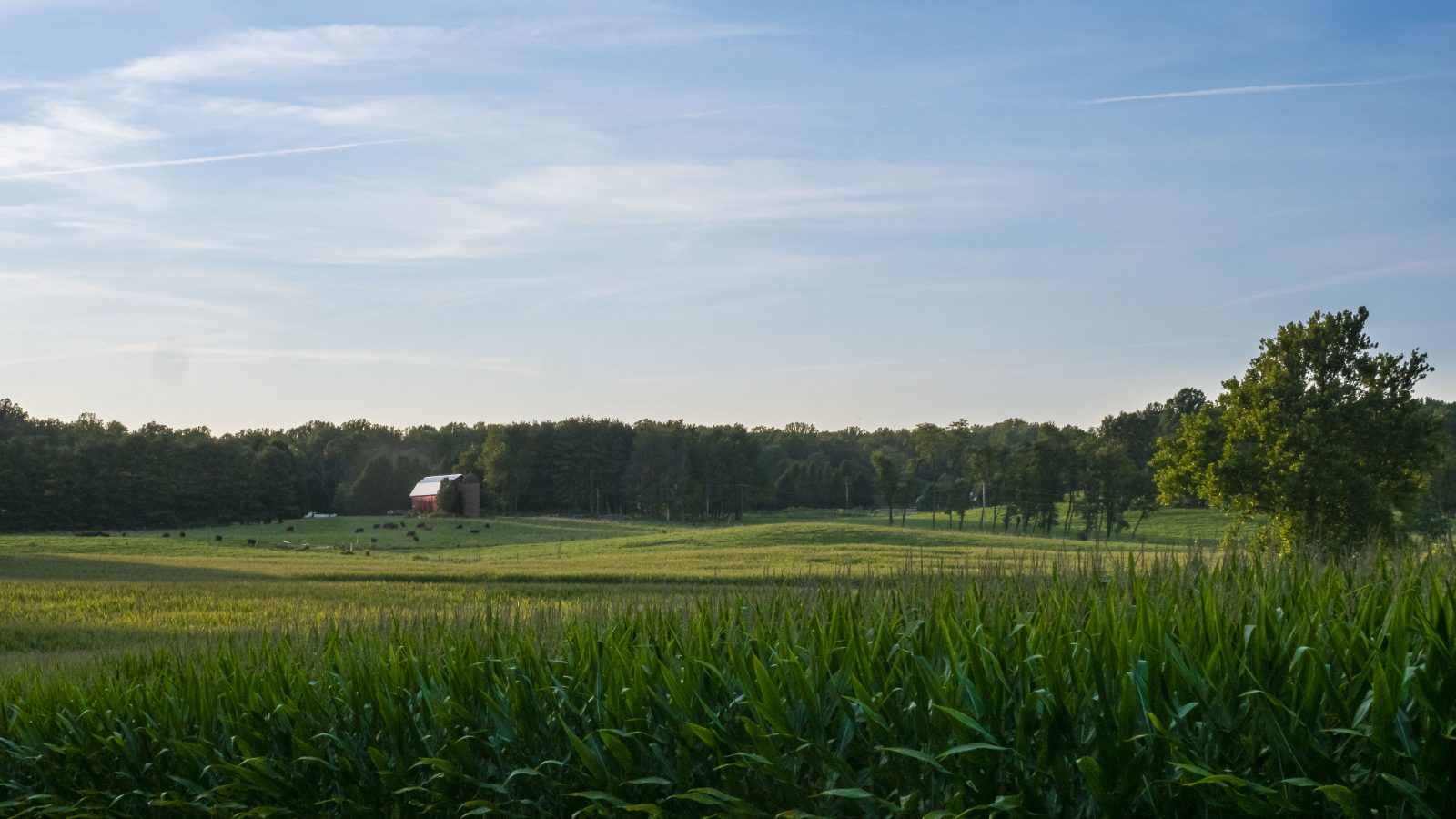
Since the release of the 2022 Census of Agriculture on 13 February (2024), analysts and industry watchers have pored over more than 600 data points about America’s farms and ranches. While their initial analysis has largely focused on the trend for larger, fewer farms and an aging farmer population, there are some bright spots in the data in the area of conservation. The U.S. Sustainability Alliance takes a closer look.
A Wake-up Call and Opportunity for Change
The number of farms and ranches in the United States has declined by 7% since the last Census in 2017, down from 2.04 million to 1.9 million, while the number of acres of farmland has dropped by 2%, from around 900 million acres (364 hectares) to 880 million acres (356 hectares). At the same time, the average farm size rose by almost 5% from 441 acres (178 hectares) in 2017 to 463 acres (187 hectares) in 2022.
Agriculture Secretary Tom Vilsack expressed his concern about the state of U.S. agriculture and food production indicated by the data. “This survey is a wake-up call. It is essentially asking the critical question of whether we, as a country, are okay with losing that many farms. Are we okay with losing that much farmland, or is there a better way?”
Vilsack noted that many American farmers rely on a second income to supplement their on-farm earnings, but the Census is a chance to deliver “a more expansive, newer model that creates more opportunity, for more farmers” – with work already underway.
One example is the U.S. Department of Agriculture’s investment in climate-smart agriculture, which the Secretary says “creates an opportunity for farms to qualify, potentially, for ecosystem services credits, which is cash coming into the farm for environmental results that can occur only on the farm. The farm then creates a second stream of income.”
Good News for Conservation
Although the Census indicates there is room for reform, it also highlights positive developments. For example, despite an increase in the average age of farmers, there are signs that the industry is attracting new blood. The number of ‘beginning farmers’ (a term used to describe producers who have farmed for ten or fewer years) grew between 2017 and 2022, with over 1 million counted in the 2022 Census of Agriculture – an 11% increase.
There is also evidence that farmers are expanding their use of sustainability practices:
- The number of farms using renewable energy grew from 133,176 in 2017 to 153,101 in 2022 – a 15% increase. The majority (76%) of farms with renewable energy systems reported using solar panels, a 30% increase since 2017.
- The number of farms using no-till practices rose from 279,370 in 2017 to 300,954 in 2022 – a 7.7% increase. At the same time, the number using conservation or reduced tillage in their fields increased by 5% – from 217,069 farms to 228,221.
- Slightly fewer operations reported using cover crops, 153,328 farms in 2022, down from 153,402 in 2017. However, the total number of acres on which cover crops are planted has increased (by almost 17%).
About the Census of Agriculture
The Census of Agriculture, conducted by The U.S. Department of Agriculture’s (USDA) National Agricultural Statistics Service (NASS), is taken every five years. It looks at land use and ownership, operator characteristics, production practices, income, and expenditures.


